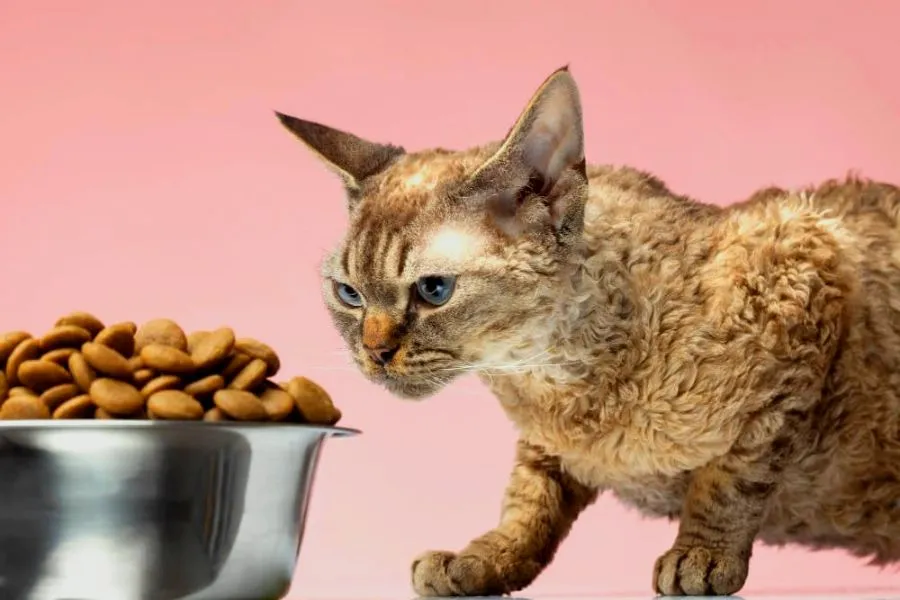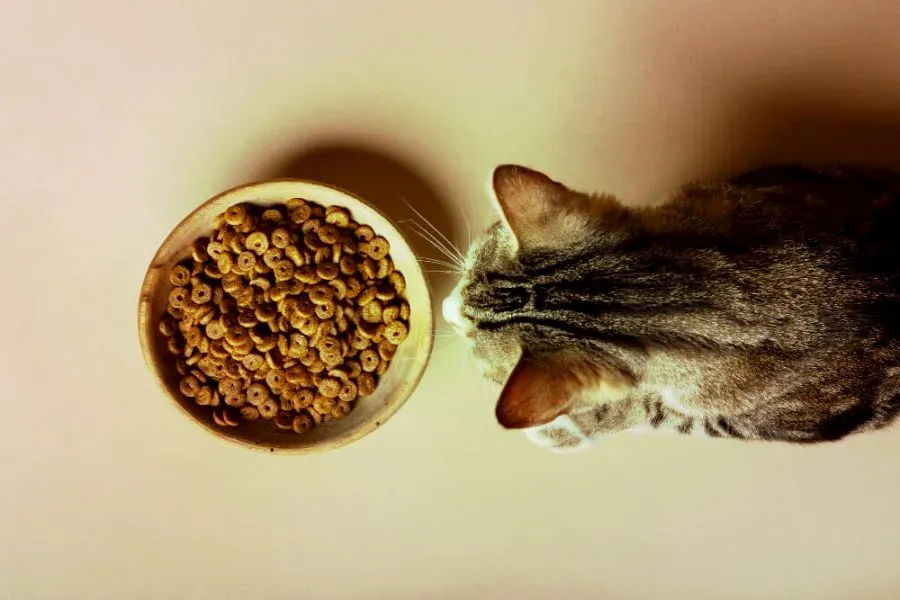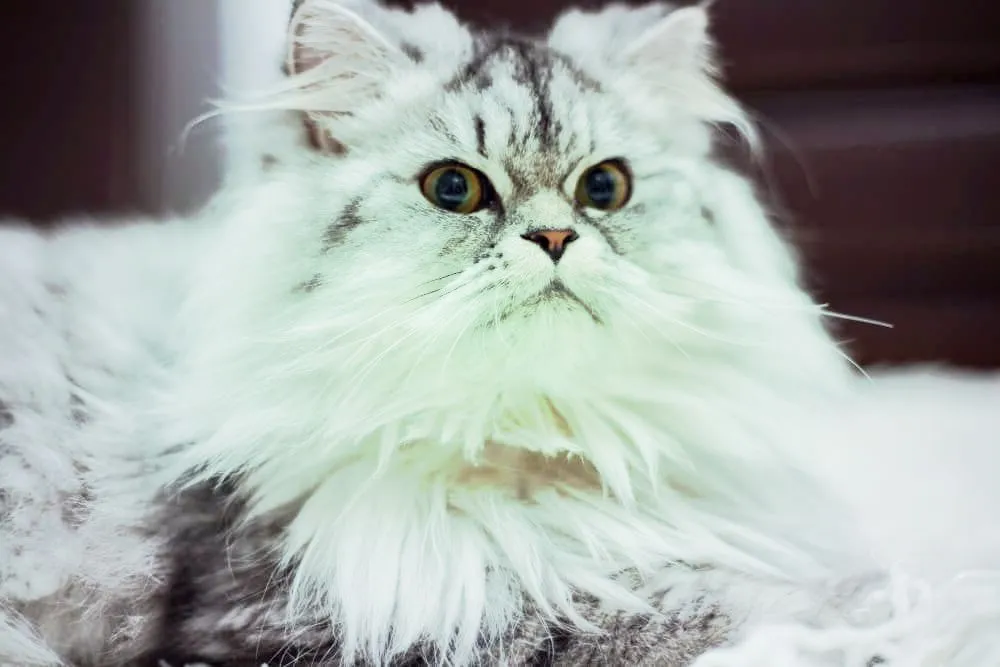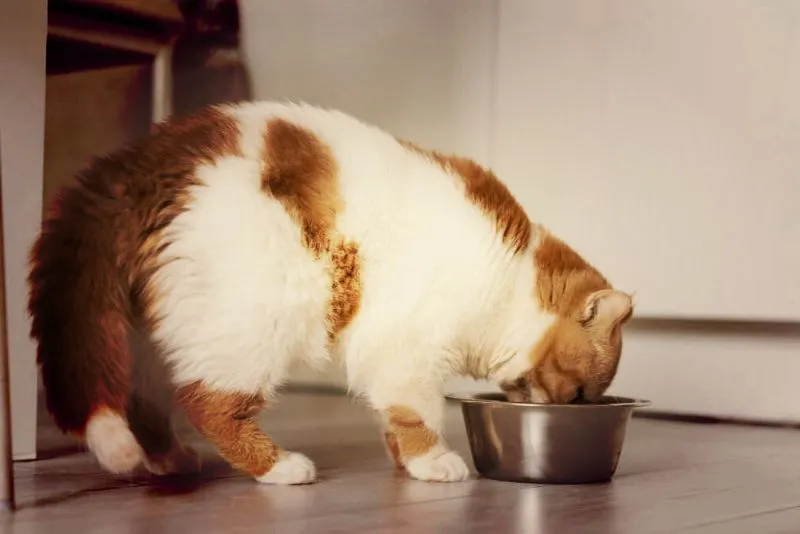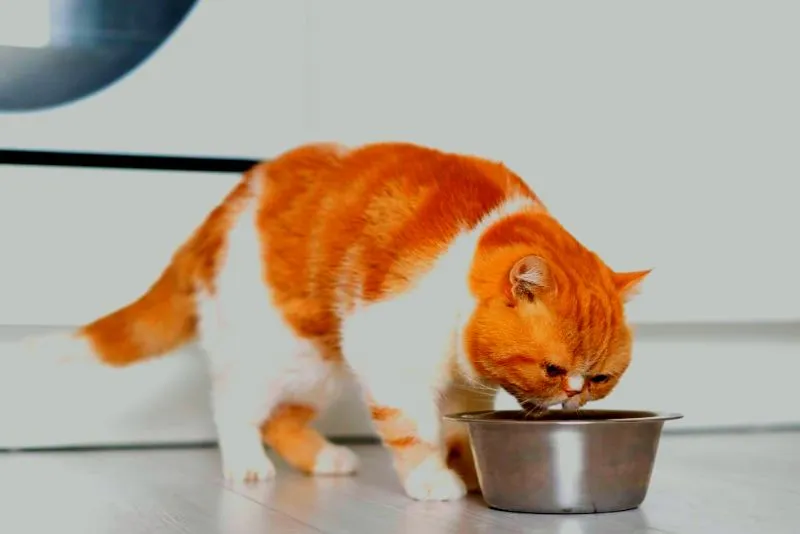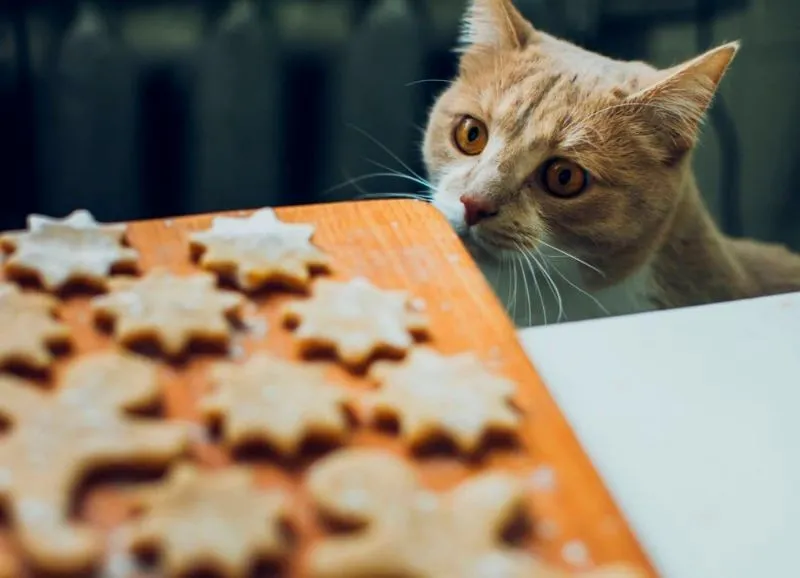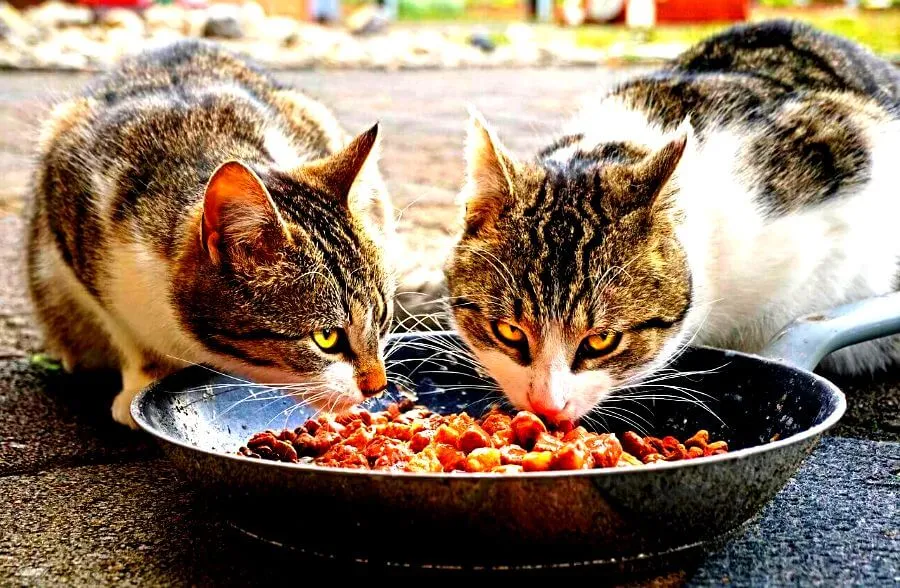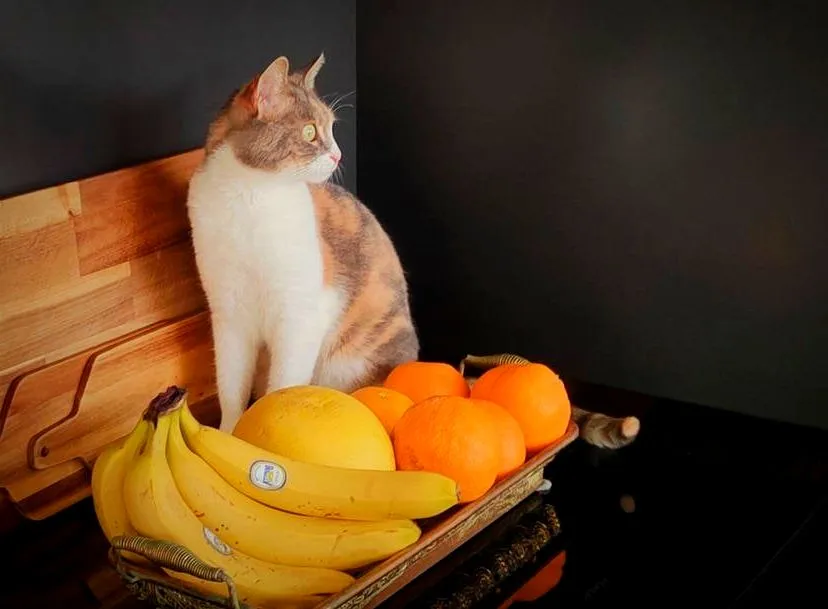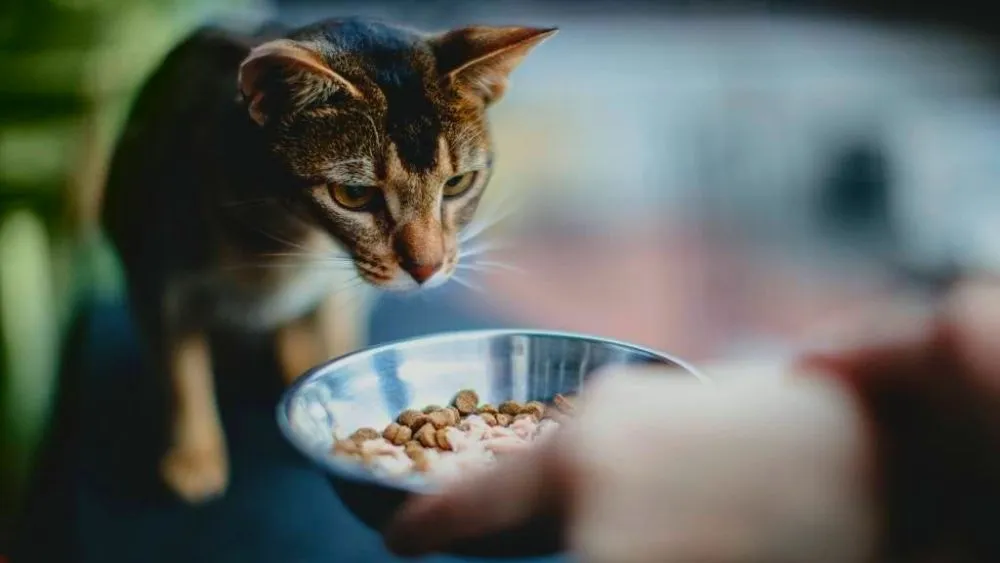
To feed a cat, provide a balanced diet of commercial cat food that meets their nutritional needs. Now, I will provide a well-rounded introduction on how to feed a cat.
Caring for a cat involves more than just providing shelter and love; it also entails ensuring they receive proper nutrition. Properly feeding your feline friend is essential for their overall health and well-being. However, figuring out the best way to go about it can be daunting, especially for new cat owners.
With a variety of options available, such as dry food, wet food, homemade diets, or a combination of these, it’s important to understand the specific dietary requirements of cats.
This article will guide you through the process of feeding your cat, from choosing the right food to establishing a feeding routine that suits both you and your furry companion. So let’s dive in and learn how to nourish your cat effectively.
Understanding A Cat’s Nutritional Needs
Feeding your cat a balanced diet is essential for their overall health and well-being. Understanding a cat’s nutritional needs is the first step in providing them with the proper diet. Since cats are obligate carnivores, animal protein should make for the majority of their diet.
They require essential amino acids, vitamins, and minerals that are found in animal-based protein sources. When it comes to a cat’s dietary requirements, it’s important to provide them with a food that meets their specific needs. Cats require a combination of wet and dry food to ensure hydration and dental health.
Wet food provides necessary moisture and helps prevent urinary tract problems, while dry food helps maintain dental hygiene. There are various types of cat food available, including commercial brands, prescription diets, and homemade options.
Commercial cat food is formulated to meet a cat’s nutritional needs and is available in both wet and dry forms. Prescription diets are designed for cats with specific health issues, such as weight management or urinary tract problems. Homemade diets require careful planning to ensure that all essential nutrients are included.
Creating A Feeding Schedule
Feeding your cat on a regular schedule is essential for their overall health and wellbeing. Determining the ideal meal frequency is the first step in establishing this schedule. The number of meals you offer each day depends on factors such as your cat’s age, weight, and activity level.
Establishing Consistency in Feeding Times: Cats thrive on routine, so it’s important to feed them at the same times each day. It helps in maintaining a healthy diet and controlling how they eat.
Managing Portion Sizes and Caloric Intake: Another crucial aspect of creating a feeding schedule is managing portion sizes and caloric intake. Always follow the recommended feeding guidelines provided by your veterinarian or cat food manufacturer. It’s essential to measure your cat’s food accurately to prevent overfeeding or underfeeding.
To Know How To Feed A Cat Techniques And Tips
Discover effective techniques and tips on how to feed your cat for optimal health and nutrition. From portion control to choosing the right type of food, this guide provides valuable insights for cat owners.
When you feed your cat, it is important to choose the right feeding bowl to ensure their comfort and safety. Opt for a shallow, wide bowl that is easy for your cat to eat from. Avoid using plastic bowls as they can harbor bacteria and cause allergic reactions in some cats. Instead, choose stainless steel or ceramic bowls that are easy to clean and do not retain odors.
Another important aspect of feeding a cat is gradually switching food brands or types. Cats can be sensitive to sudden changes in their diet, which can lead to digestive upset. To transition your cat to a new food, mix increasing amounts of the new food with decreasing amounts of the old food over a period of several days.
This gradual approach allows your cat’s stomach to adjust to the new food and prevents any stomach discomfort. Introducing moisture into your cat’s diet is also beneficial.
Cats are naturally designed to obtain most of their hydration from their food, so adding wet food or moistening dry food can help prevent dehydration and promote kidney health. Be sure to consult with your veterinarian to determine the appropriate amount of moisture to include in your cat’s diet.
Final Notes
Feeding your cat properly is crucial for their overall health and well-being. By following the guidelines mentioned in this blog post, you can ensure that your feline companion receives the right nutrients and maintains a healthy weight.
Remember to consult with your veterinarian to determine the best diet for your cat and make gradual changes to their feeding routine.With proper care and attention to your cat’s dietary needs, you can help them live a long and happy life. Read More

